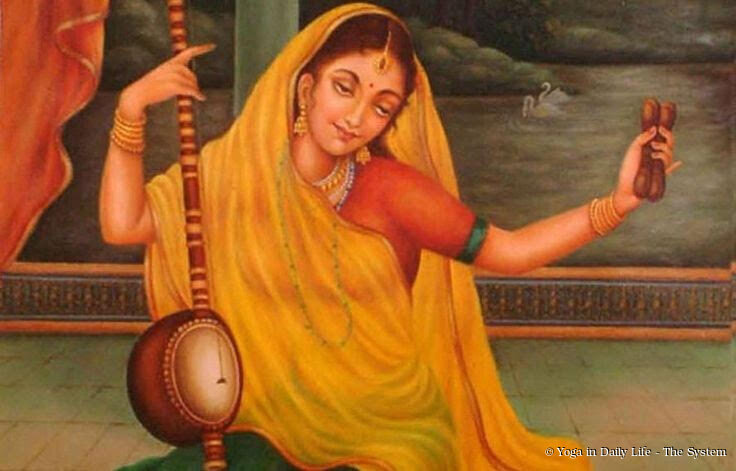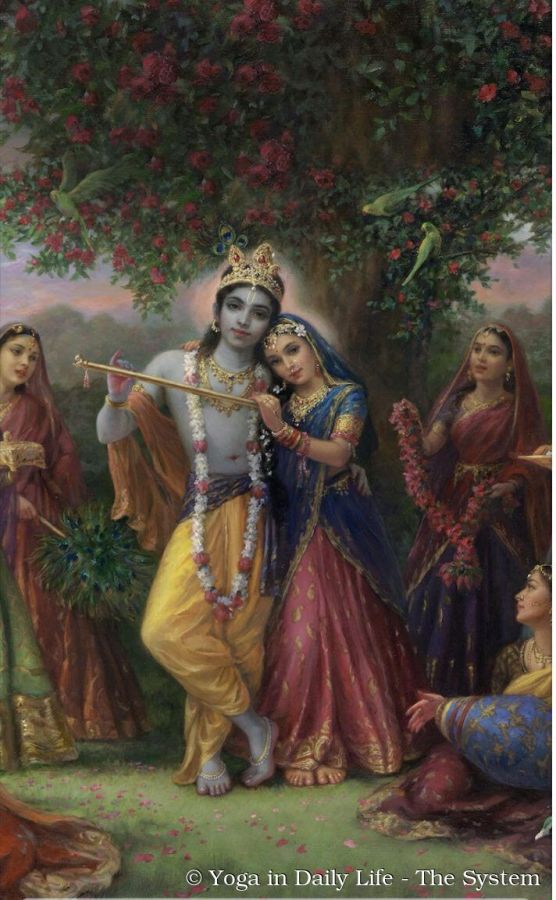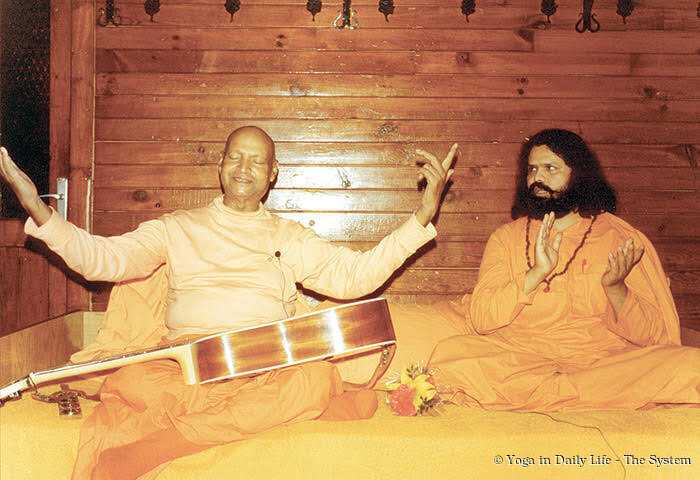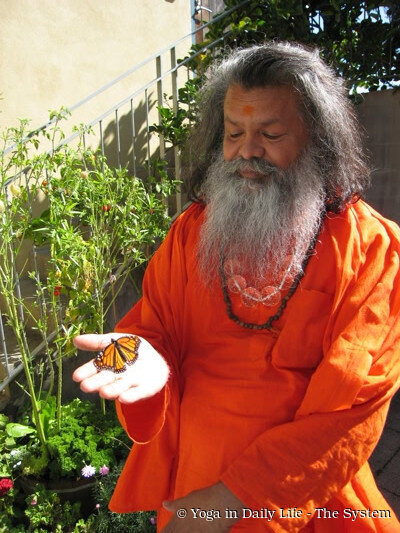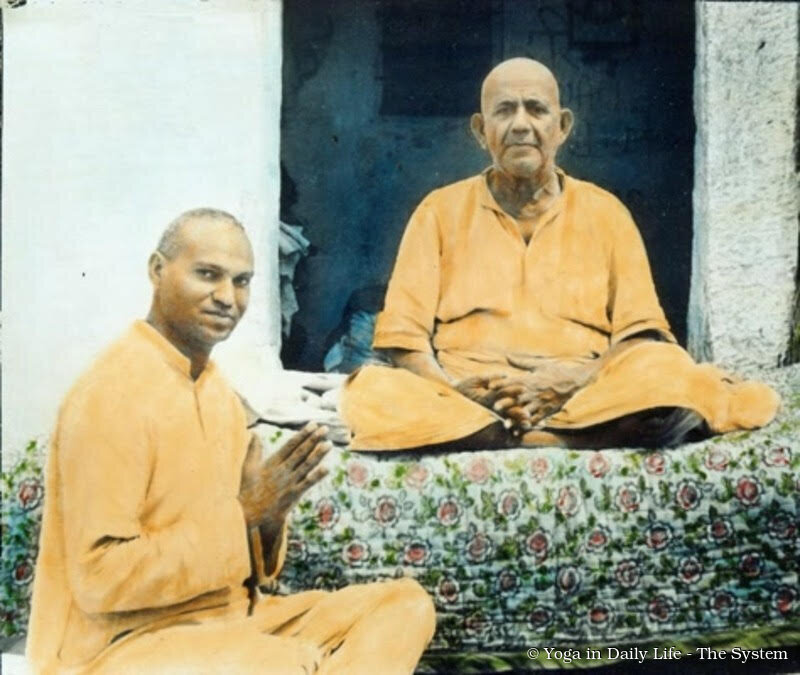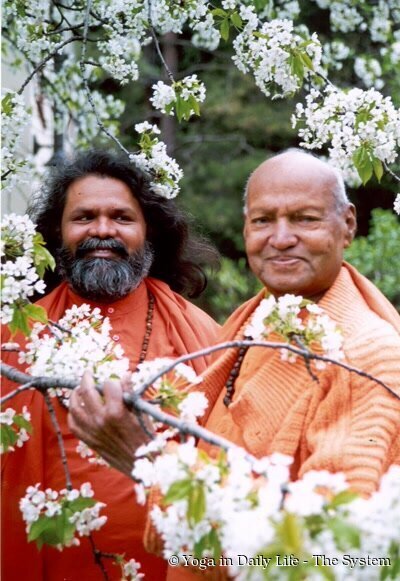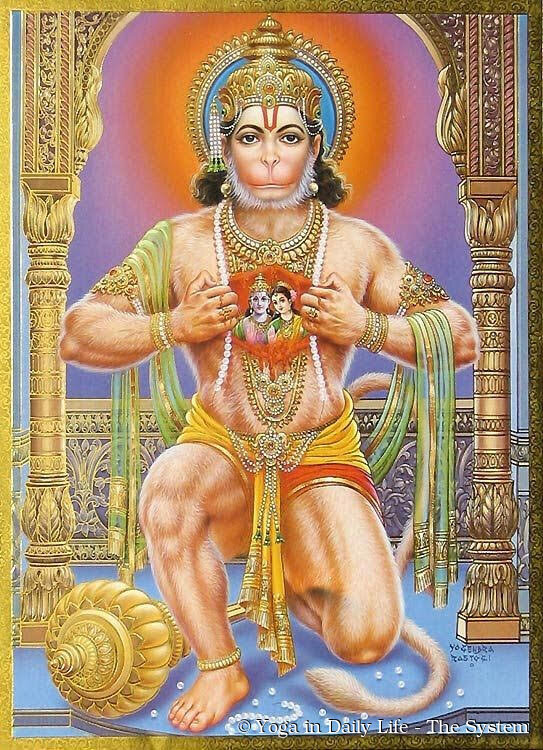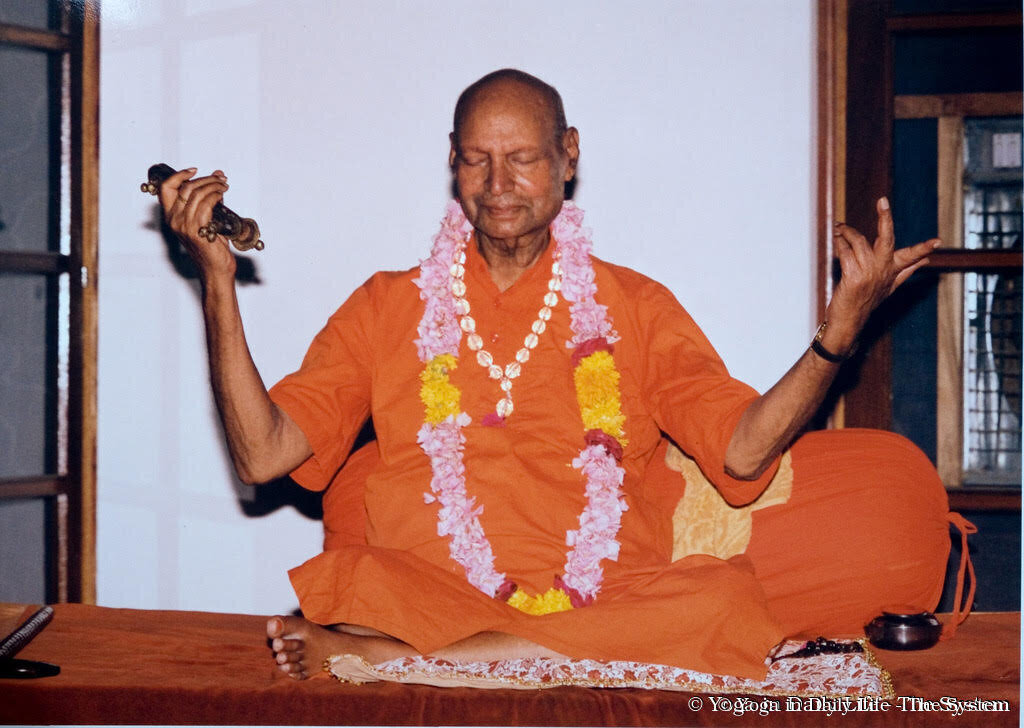Bhakti Yoga – the Path of Devotion
The Meaning of Bhakti
The Sanskrit word bhakti encompasses devotion, loyalty, surrender, faithfulness and unconditional divine love, qualities that transcend the fluctuations of worldly emotions. Bhakti has the transformative power to sanctify every aspect of life. Bhakti Yoga, the path of devotion, is open to all, regardless of age, background, nationality, or religious affiliation. It offers a direct and secure path toward spiritual realisation.
Central to Bhakti Yoga is the worship and reverence of a chosen form of God, recognising that the Divine is both immanent and omnipresent. God resides within us and in all creation, connected to us by a subtle, unbreakable thread of love. While divine grace and love continuously surround and permeate us, we often remain unaware of it. However, the moment we awaken to this divine connection, the experience of pure, selfless love for God fills the heart so completely that nothing else is desired. In this awakening, love becomes boundless, and devotion becomes the gateway to spiritual freedom.
Bhakti can manifest through various forms, including singing, dancing, poetry, painting and other creative expressions. However, as Vishwaguruji, Mahamandaleshwar Paramhans Sri Swami Maheshwarananda Ji, the founder of the Yoga in Daily Life system, beautifully explains:
"Bhakti Yoga comes when negative thoughts have completely disappeared. It must become entirely pure. Even if a black spot appears, the essence remains clean. Bhakti Yoga is very, very great, because in Bhakti Yoga there is also Hatha Yoga, and these two are among the greatest. Karma Yoga is also bhakti, for without karma (action), bhakti cannot be clear ... "
Thus, Bhakti Yoga extends beyond mere emotional expression to a deep spiritual practice grounded in purity, action, and consciousness.
The Essence of Real Bhakti
The power of an open, loving heart can completely transform a person's life. True devotion connects us with something greater than ourselves, awakening the deepest reservoirs of love hidden within the heart. In yogic tradition, bhakti arises in the anāhata chakra (the heart centre) as a sattvic, pure, feeling that leads the soul towards liberation.
Vishwaguruji highlighted in his book, Yoga in Daily Life, The System, that when the energy of the anāhata chakra flows up towards spiritual consciousness, our feelings are expressed as bhakti, pure, divine love and devotion. However, if our consciousness sinks down to the spheres of worldly passion, our emotions become confused and unbalanced. It is then that desire, jealousy, sadness and despair overwhelm us.
The real bhakti is not just a feeling, it is deep longing of the soul, which is trapped in the cycle of birth and death, to be free from the material existence in which it is caught. It is recognised in the human being as an intense emotion which is both of this world and out of this world.
This is further elaborated by Vishwaguruj in his book, The Hidden Power in Humans – Chakras and Kundalini:
"The flame of the Self is nourished by the oil of love and devotion. Its wick is formed by concentration, meditation and guru mantra. When it rises from the heart to the āgyā chakra, it awakens bhakti within us. The purer the oil of our love is, the purer and stronger the flame burns. In the āgyā chakra, we dive into the ocean of bhakti and attain immortality of the ātmā."
True Devotion: A Story from the Masters
The essence of bhakti is beautifully illustrated in Lila Amrit, in which Holy Guruji recounts a profound story of true devotion:
On one occasion, Sri Devpuriji, the master of Sri Mahaprabhuji, inflicted several deep cuts on Mahaprabhuji's hands while he was distributing prasād (sacred offering) to devotees. While others were horrified, Mahaprabhuji remained serene and joyful. Smiling, Devpuriji said:
"Deep! By cutting your hands, I have endowed them with abundant energy. Whoever receives blessings from your hands shall be liberated from fear, need, and grief, and be filled with eternal bliss and peace."
Mahaprabhuji, without a trace of fear or resentment, prostrated himself before his Master, saying:
"Holy Master! Whatever comes from you is always a blessing."
Later, when Sri Devpuriji asked Mahaprabhuji if he felt fear, he replied:
"No, Holy Master. I know no fear. Why should I be afraid when you are with me?"
Upon hearing this, Sri Devpuriji asked Mahaprabhuji to reveal his greatest wish. Mahaprabhuji answered:
"My greatest wish, Holy Master, is Omnipresent Light."
This sacred story reveals the heart of true bhakti: a complete and fearless surrender to God or guru, without any selfish expectation – seeking only union with the Divine.
The Deeper Meaning of Devotion
True devotion is unconditional and selfless. It is not driven by material desires or worldly benefits. When a disciple surrenders to their guru, symbolised by laying their head at the guru’s feet, it signifies surrendering the ego and entrusting the guru with the guidance of their life and soul.
An open heart is essential for divine grace to flow. Without trust and sincerity, even the presence of God cannot penetrate the closed barriers of doubt.
Many approach the guru, or the Divine, for personal gain, but such devotion is incomplete. True devotion requires sacrifice, offering oneself entirely without expectation.
As Sri Mahaprabhuji beautifully stated:
"Complete Self-Realisation occurs only through love."
Sources:
1. Paramhans Swami Maheshwarananda, Yoga in Daily Life, The System, Harmony for Body, Mind and Soul
2. Paramhans Swami Maheshwarananda, The Hidden Power in Humans: Chakras and Kundalini
3. Paramhans Swami Madhavananda, Lila Amrit, The Divine Life of Sri Mahaprabhuji
